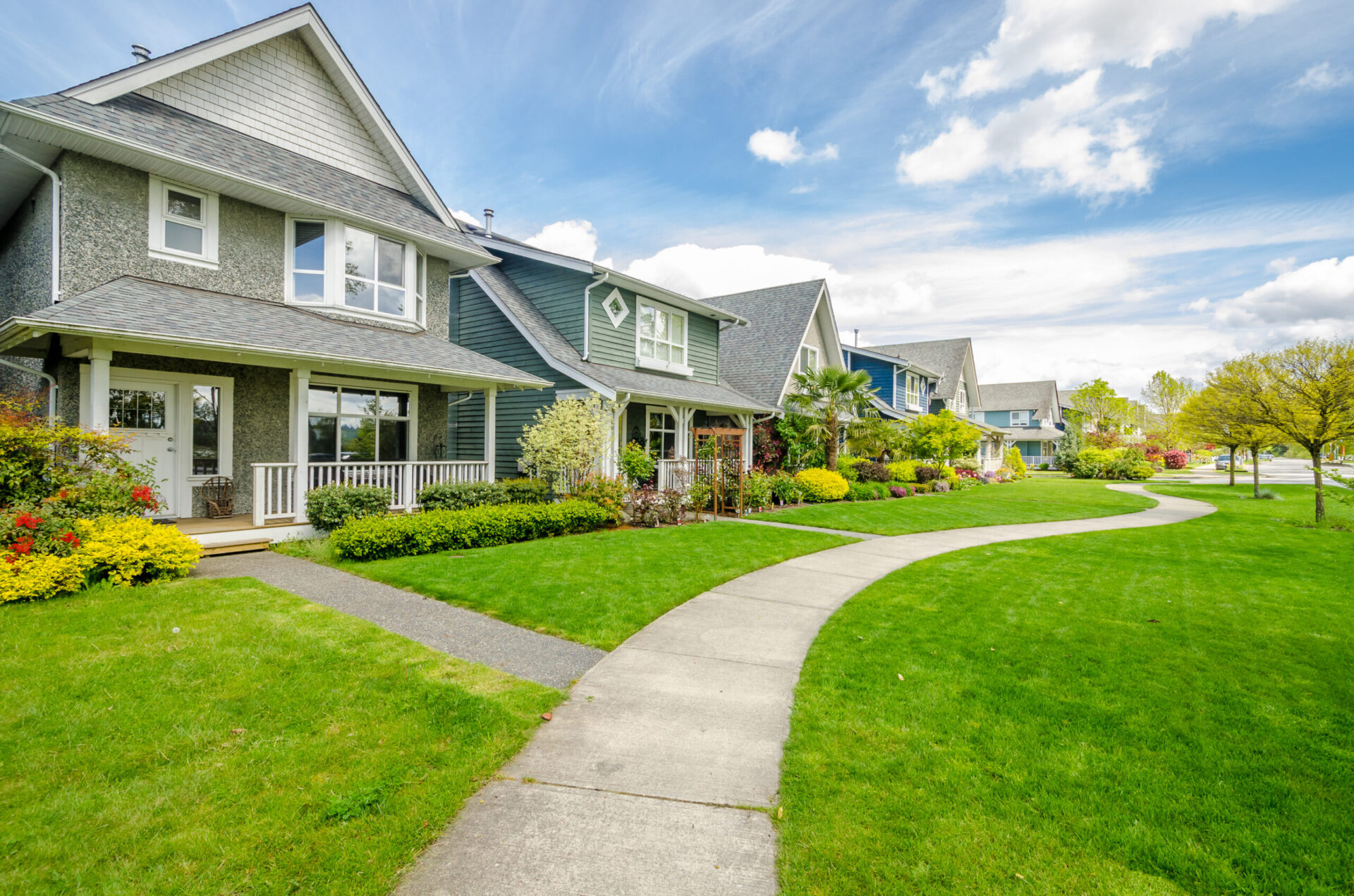By SCOTT KIMBLER
Potential buyers are starting to wonder if moving out of urban areas continues to remain a good idea.
In 2020, as housing costs were already skyrocketing, the Covid-19 pandemic hit. The combination of the two made migrating further out of large cities appealing to a lot of people, especially young people who were looking to buy a home and start a family.
Fast forward to now and many of those factors have changed. As a result, some popular hotspots are starting to see a decline in frenzied buyers putting in multiple bids.
Roy Black, an Economics Professor at Emory University’s Goizueta Business School, says although some areas are seeing a shift people will always be attracted to suburban and rural areas for a variety of reasons. He said these areas will become more attractive to the average buyer again as home prices drop.
“What you are seeing now is a drop in prices and it is happening across the country. People are asking an average of 20% less than the listing prices that were applicable just a month or two ago,” Black said in an interview with The Mortgage Note.
Black said one of the things that drove up the house prices was the low mortgage rates.
“I had some people ask me, ‘Should I buy now? Aren’t prices going to continue to go up?’. I told them simply, no,” Black said.
Black said with the pandemic came the increase in the number of people working from home and that allowed people to seriously consider jumping further into the suburbs and away from the urban living, primarily with the higher cost of living in-town being a driving factor.
“Certainly one thing was the higher prices,” Black said. “Though there were also high in the suburbs, they were lower than in the cities.”
Black said that with a lot of the effects of the pandemic behind us, the tide of urban migration is starting to shift, especially with the end of remote work and rising interest rates.
“A lot of employers are asking people to come back to work now,” Black said. “So, if you moved from downtown to way out in the suburbs, you may have traded housing costs for a very long commute.”
What does the data show?
Realtor.com’s July housing data release revealed that the housing market is continuing to move toward more balance. Inventory levels continue to rise, providing more options to homebuyers who are still actively looking for a new home and price reductions are also increasing, as sellers adjust to the new normal.
However, Economic Data Manager Sabrina Speianu said housing remains expensive and fast-paced with the median asking price close to June’s all-time high while time on market is still slightly lower than last year and significantly lower than pre-pandemic levels.
Although demand has softened greatly compared to last year, housing activity remains robust compared to pre-pandemic levels.
Speianu said that the inventory of homes actively for sale on a typical day in July increased by 30.7% over the past year, the largest increase in inventory in the data history and higher than last month’s growth rate of 18.7% which was itself record-breaking. This amounted to 176,000 more homes actively for sale on a typical day in July compared to the previous year and more choice for buyers who are still looking for a new home.
Josh Noble is a film and stage actor who has done the migration out from urban hubs to the suburbs but has recently found himself back into the heart of Atlanta’s Midtown District.
Noble had several thoughts on why to leave the big city and why to go back.
“Leaving NYC in 2019 for the peaceful, quiet country life in small town Georgia was quite an adjustment,” Noble said. “Not knowing the pandemic was just around the corner, that change allowed ample space to distance from others during a difficult time for the world. With that peace and quiet also came a lack of ease and comfort that cities provide. Food delivery, grocery delivery, etc. Then moving to Atlanta brought back the chance to order in and walk to restaurants. The tradeoff is obviously the size of what you pay for in housing.”
Now having migrated out, then back in again, Noble was able to discuss real cost from both points of view.
“Rent and cost of living has skyrocketed all across the country,” Noble added. “This is seen the most in larger cities where the demand is so high. Apartments that would have been $1,200 in NYC a few years ago are now going for well over $3,000. Atlanta prices aren’t quite as bad, but still much higher than usual. The biggest loss living in the heart of a city is definitely space… and peace and quiet. “
Considering cost and distance factors, Noble said when he and his husband were out in the ‘country’ his husband had a one-hour commute into the city, if traffic was good. If traffic was picking up it would grow to one-hour and 15 minutes, but if there were a crash or work zone type volume, all bets are off on how long of drive it could become. Now living intown, his husband’s office commute is usually about 15 minutes.
Analysis:
Whether the trend continues of people moving out of urban areas, be it for cost saving or crime, one thing that seems to be here to stay is people moving from the West Coast to more Eastern states. The factor driving that trend appears to boil down almost solely to the extremely high cost of properties in Pacific Seaboard states.
Read More Articles By Scott Kimbler:
Getting A Mortgage These Days May Boil Down To Education
The 40-Year Mortgage Is Looking More Inviting
Adjustable-Rate Mortgages Poised To Make A Comeback?
Story ideas? Email Editor Kimberley Haas: info@themortgagenote.org
